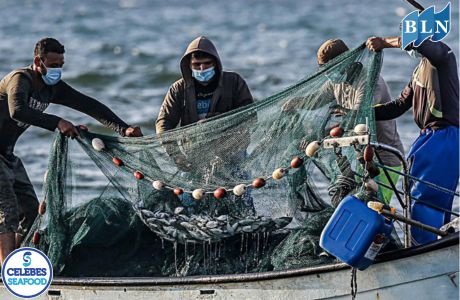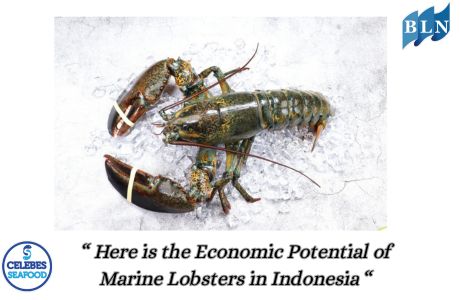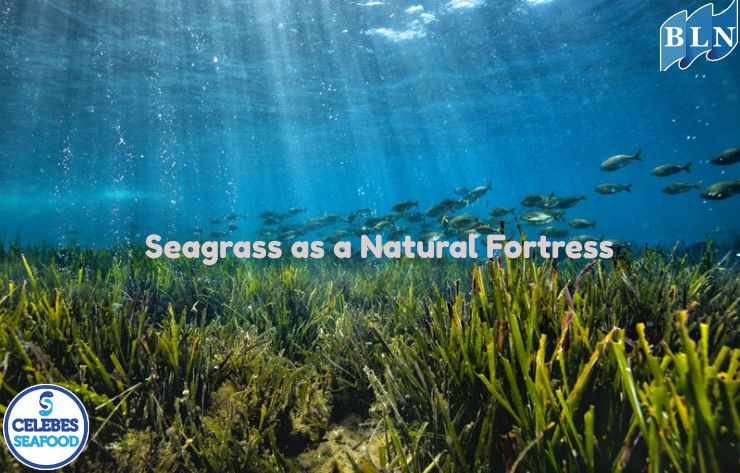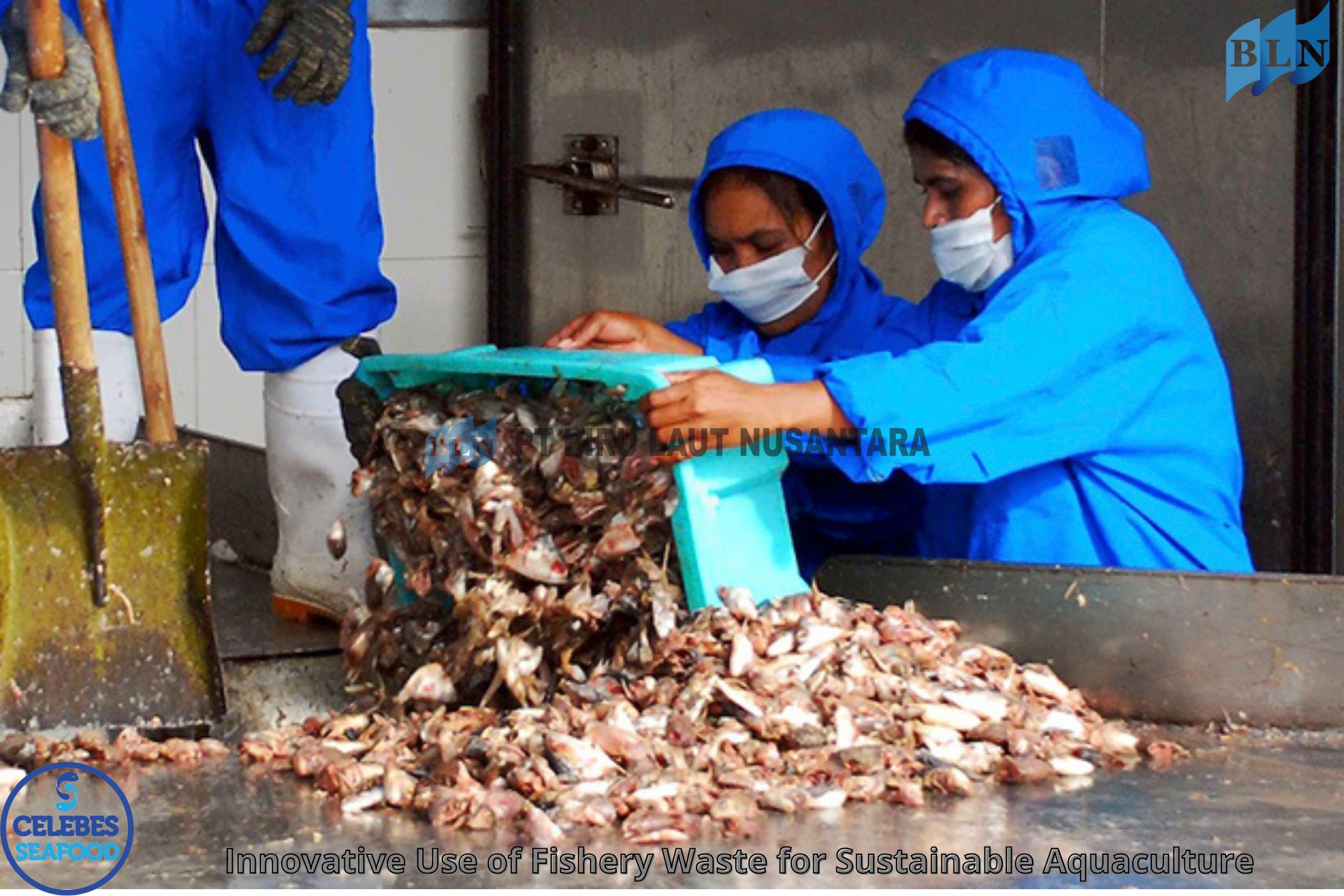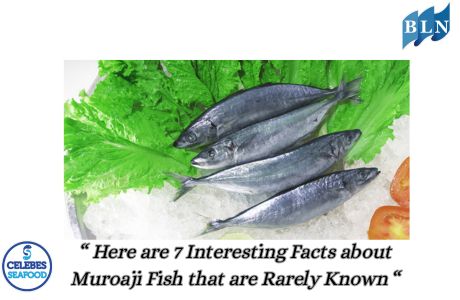Impact of Climate Change on the Fisheries Sector in Indonesia
By. Edi - 23 Apr 2025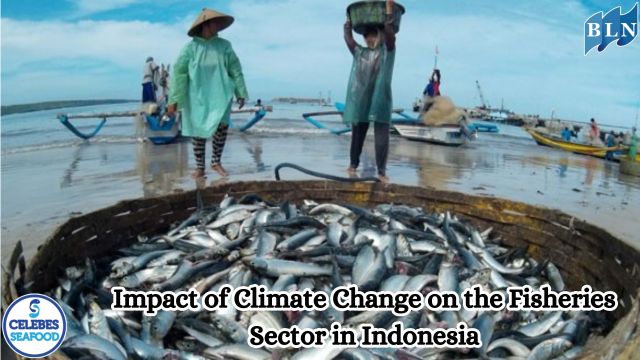
lautnusantara.com The fisheries sector is an important part of the Indonesian economy and a source of livelihood for millions of people. This sector includes various activities related to the capture, cultivation, processing, and marketing of fish and other fishery products.
The impact of climate change on the fisheries sector in Indonesia is very significant and diverse, covering ecological, economic, and social aspects. Here are some of the main impacts:
1. Ecological Impacts:
- Changes in Temperature and Ocean Currents: Increasing sea water temperatures can cause fish to migrate to colder or deeper waters, changing the distribution patterns and abundance of target species. Changes in ocean currents can also affect the availability of nutrients and fish larvae.
- Ocean Acidification: The absorption of carbon dioxide (CO2) by the ocean causes a decrease in pH or ocean acidification. This condition inhibits the formation of shells and skeletons of marine organisms such as shellfish, crabs, and coral reefs, which are important as habitats and food sources for many fish species. Research in Indonesia shows the negative impact of decreasing pH on the growth of marine biota.
- Coral Bleaching: Increasing extreme sea temperatures can cause coral bleaching, which is the loss of symbiotic algae from coral tissue. Coral bleaching damages coral reef ecosystems that provide habitat and feeding grounds for many species of fish, reducing biodiversity and fisheries production.
- Sea Level Rise: Sea level rise can submerge coastal habitats such as mangroves and seagrass beds that serve as spawning and nursery grounds for many species of fish and crustaceans.
- Extreme Weather Changes: Increased frequency and intensity of extreme weather events such as storms and high waves can endanger fishermen at sea, damage fisheries infrastructure, and disrupt fishing activities. High waves can also damage coastal habitats and cause erosion.
- Salinity Changes: Changes in rainfall patterns and sea level rise can change salinity in coastal areas and estuaries, affecting aquatic organisms that are sensitive to salinity changes.
2. Economic Impacts:
- Reduced Catches: Changes in fish distribution and abundance due to climate change can lead to decreased catches for fishermen, which directly affects their income.
- Increased Operational Costs: Fishermen may need to travel further out to sea to fish or use different fishing gear, increasing fuel and other operational costs. Damage to infrastructure due to extreme weather can also increase repair costs. Disruption to Aquaculture: Extreme changes in water temperature can cause mass mortality in farmed fish and shrimp. Sea level rise and extreme weather can also damage ponds and other aquaculture facilities.
- Threats to Livelihoods: Declining fisheries productivity could threaten the livelihoods of millions of people who depend on the sector, including fishers, fish farmers, processors, and fish traders.
3. Social Impacts:
- Vulnerability of Coastal Communities: Coastal communities that are largely dependent on fisheries are becoming more vulnerable to the impacts of climate change, which can exacerbate poverty and social instability.
- Threats to Food Security: Declining fisheries production could threaten the availability of an important source of protein for Indonesian communities.
- Fishermen’s Health and Safety: Extreme weather and high waves increase the risk of accidents and loss of life for fishermen at sea.
4. Adaptation Efforts:
However, various adaptation efforts can be made to reduce the impact of climate change on the Indonesian fisheries sector, including:
- Ecosystem-Based Fisheries Management: Implementing sustainable fisheries practices and paying attention to the health of marine ecosystems.
- Coastal Habitat Conservation: Protecting and restoring mangrove and seagrass ecosystems.
- Livelihood Diversification: Providing training and support for coastal communities to develop alternative livelihoods.
- Adaptation Technology Development: Implementing technology that can help fishermen and farmers adapt to climate change, such as early warning systems for extreme weather and cultivation techniques that are resistant to temperature changes.
- Capacity and Awareness Building: Increasing knowledge and awareness of coastal communities about the impacts of climate change and how to deal with them.
- Institutional and Policy Strengthening: Developing policies and institutions that support the adaptation of the fisheries sector to climate change.
With appropriate and integrated adaptation actions, it is hoped that the fisheries sector in Indonesia can be more resilient in facing the challenges of climate change and continue to make a significant contribution to the economy and community welfare.
If you are interested in our product BARRAMUNDI COD WOLE GILLED GITTED / WHOLE ROUND, GOAT FISH BUTTERFLY HEAD ON, Red Emperor Fillet Skin On, please do not hesitate to contact us through email and/or whatsapp.
